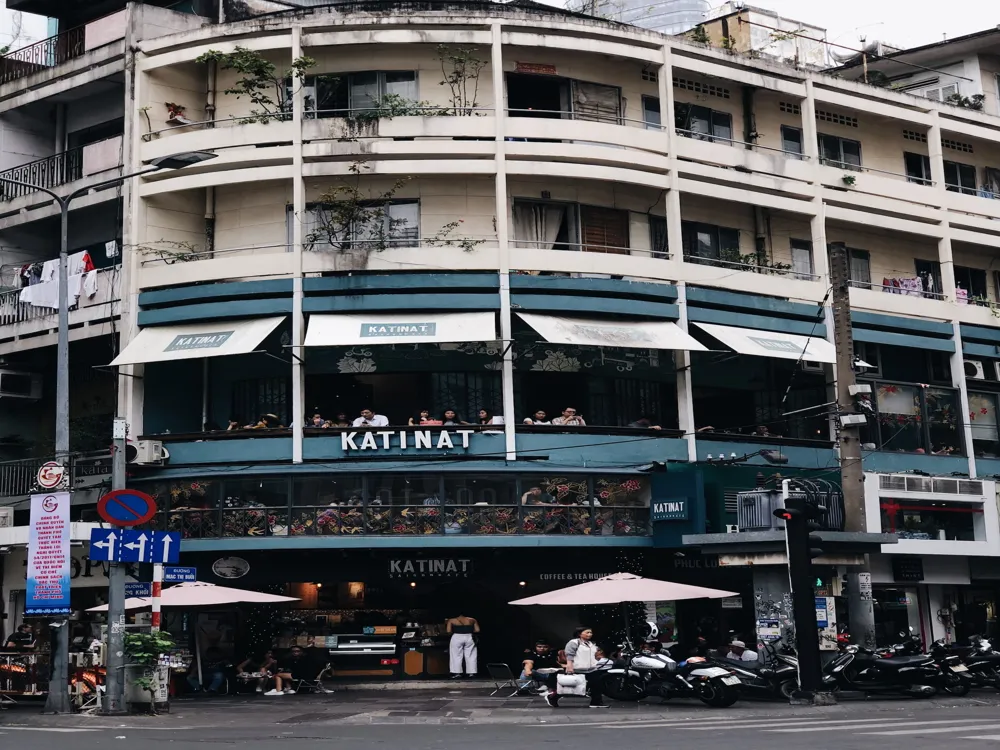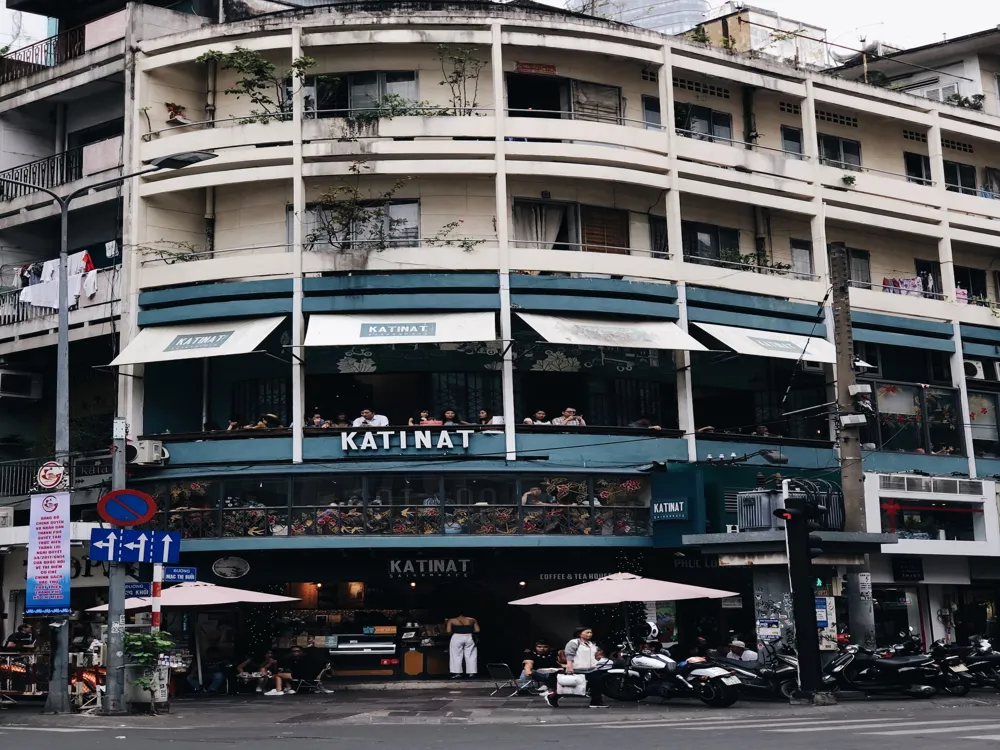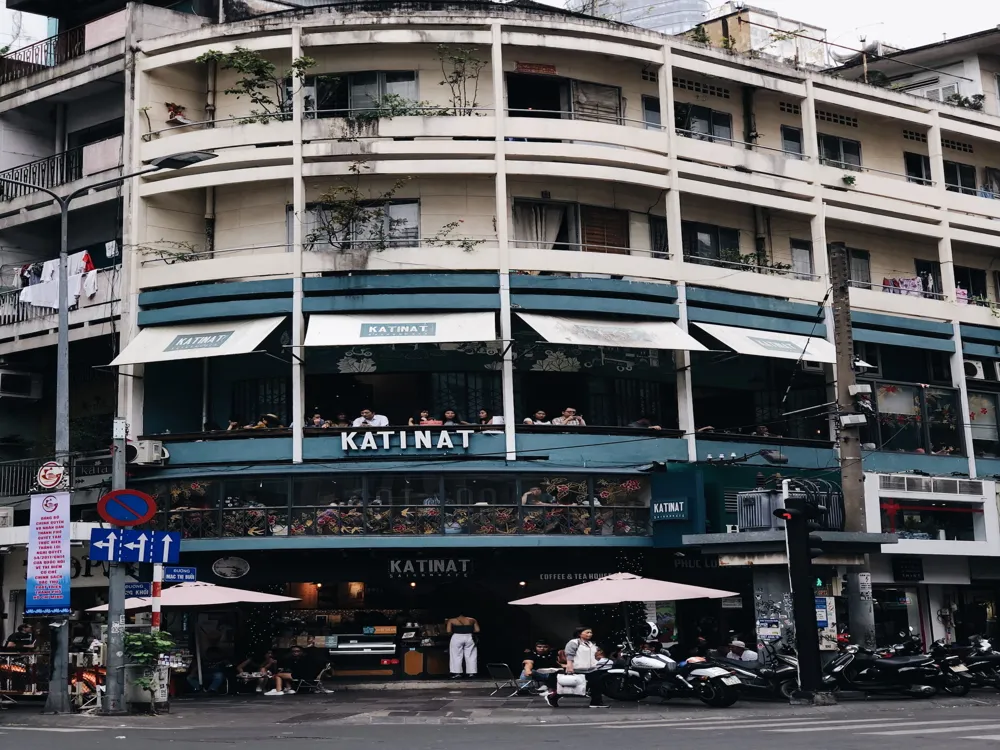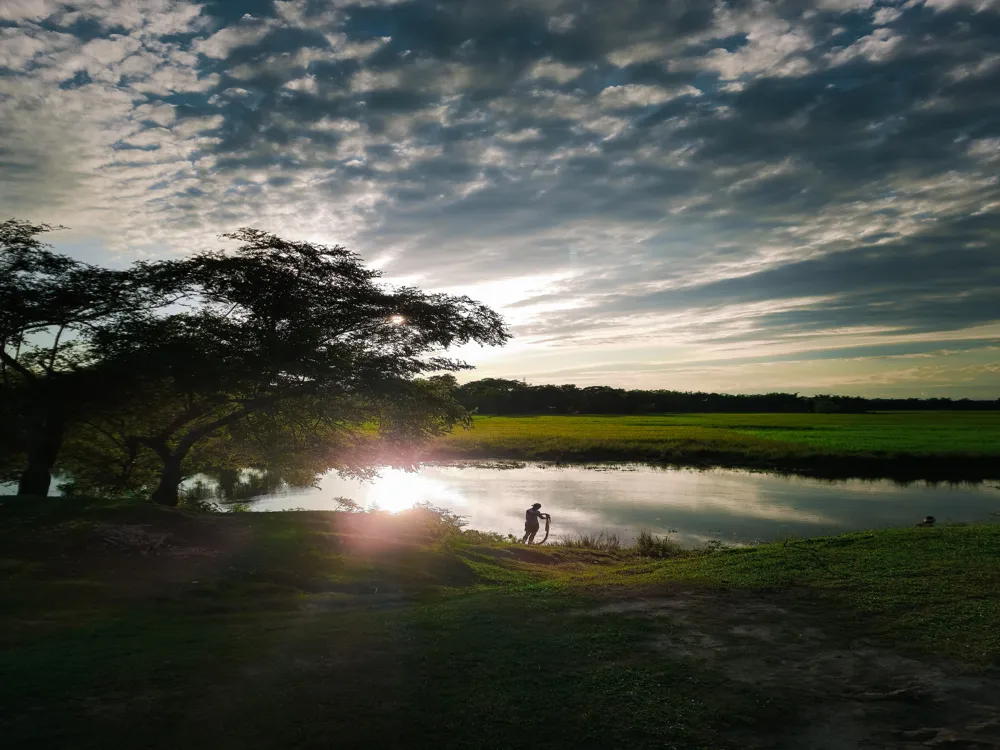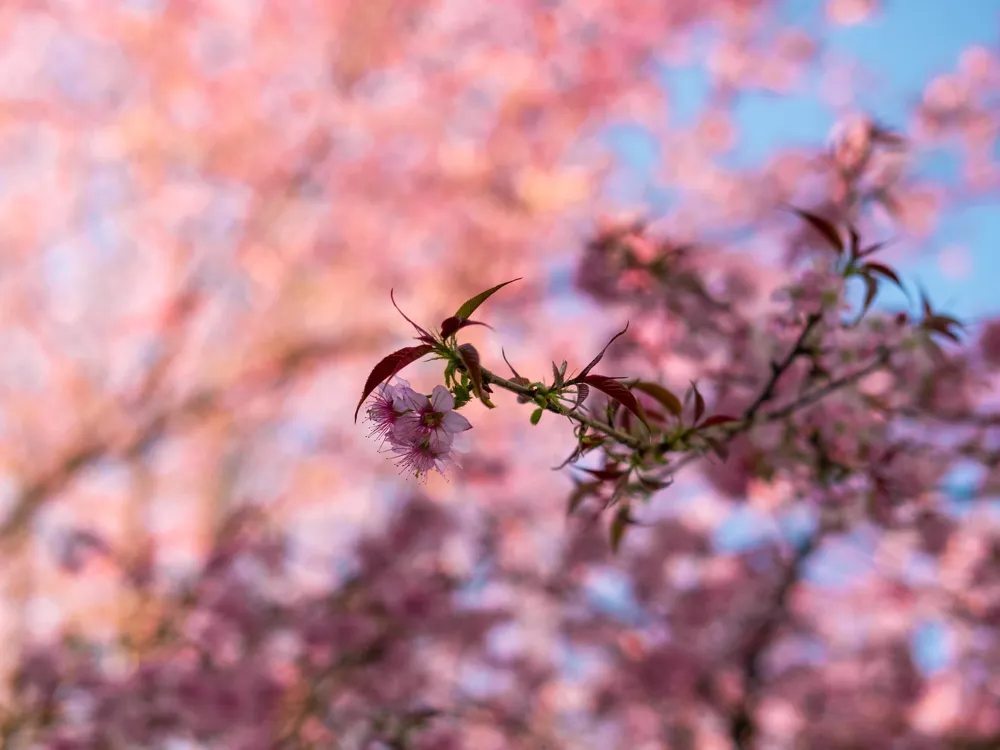Majuli, a gem nestled in the heart of Assam, India, is not only the world's largest river island but also a cultural and spiritual hub, boasting an array of unique experiences. Among its treasures is Garmur, a traditional area that stands as a testament to the island's rich heritage and vibrant culture. Garmur, with its rustic charm and serene environment, offers visitors a unique glimpse into the lifestyle and traditions of Majuli. This enchanting locale is distinguished by its lush green landscapes, surrounded by the mighty Brahmaputra River, creating a picturesque setting that captivates every visitor. Garmur's significance extends beyond its natural beauty; it is a cultural heartland, home to several significant Satras (Vaishnavite monasteries), which are the epicenters of Assam's neo-Vaishnavite culture. These Satras not only serve as religious centers but also as custodians of the art, culture, and classical dance forms of Assam. Visitors to Garmur are treated to an immersive experience that showcases the island's unique way of life. The traditional houses, made of bamboo and mud, stand as symbols of the sustainable lifestyle practiced here. The local cuisine, influenced by the natural bounty of the island, offers a culinary adventure with dishes that are both simple and flavorful, reflecting the essence of Assamese cuisine. Garmur's vibrant cultural fabric is further enriched by its festivals and dance forms. The Raas Leela, a dramatic representation of Lord Krishna's life, is a major attraction, drawing in crowds from all over. Additionally, the traditional boat races, pottery making, and handloom weaving add to the allure of this quaint region, making it a must-visit destination for those seeking an authentic cultural experience. The architecture of Garmur in Majuli is a remarkable fusion of cultural heritage and environmental consciousness, embodying the spirit of Assam's traditional design principles. This unique architectural style is not only aesthetically pleasing but also practical, designed to withstand the seasonal floods that the island experiences. At the heart of Garmur's architecture are the Satras, which are exemplary of the Assamese architectural style. These monastic centers are characterized by their simple yet elegant structures, constructed primarily from locally sourced materials like bamboo, wood, and thatch. The design of these buildings reflects a deep understanding of the local climate and landscape, with raised platforms to prevent flood damage and large open spaces to facilitate communal activities. The Namghar, the main prayer hall of the Satras, is a central feature of Garmur's architectural landscape. Its design, typically rectangular, includes an intricately carved wooden entrance and a large open hall. The interior of the Namghar is minimally adorned, focusing on creating a serene space for devotion and meditation. The Bhogghar, or the community kitchen, is another integral part of the Satra, built to cater to the needs of the monks and visiting devotees. Apart from the religious structures, the traditional homes of the local inhabitants are also a significant aspect of Garmur's architecture. These houses, primarily made of bamboo, are raised on stilts, a practical design choice to cope with the flooding. The use of natural materials not only provides resilience against environmental challenges but also keeps the houses cool during the hot summers. The ideal time to visit Garmur in Majuli is from October to March, when the weather is pleasant, and the island is accessible. It's important to avoid the monsoon season, as the river swells and transportation to the island can be challenging. Visitors should dress modestly and be respectful of the local customs and traditions. It's advisable to seek permission before taking photographs, especially in religious sites. Opt for local homestays or guesthouses to experience authentic Assamese hospitality. Booking in advance is recommended, especially during festival seasons. Don't miss out on trying the local cuisine, which includes unique dishes made from fresh, locally sourced ingredients. A meal in a traditional Satra is a must-try experience. Renting a bicycle or a scooter is an excellent way to explore Garmur and the rest of Majuli, offering flexibility and a closer look at the island's scenic beauty. Garmur, located in the heart of Majuli, is accessible primarily by ferries from Jorhat, a major city in Assam. The nearest airport is in Jorhat, from where visitors can take a taxi to Nimati Ghat, the ferry departure point. The ferry journey offers a scenic ride across the Brahmaputra River, leading to Kamalabari Ghat in Majuli, from where Garmur is just a short drive away. Read MoreOverview of Garmur in Majuli, Assam
Architecture of Garmur, Majuli
Tips When Visiting Garmur
Best Time to Visit
Respecting Local Culture
Accommodation
Local Cuisine
Transportation within Majuli
How To Reach Garmur
Majuli Tourism
Best Time to Visit Majuli
How to Reach Majuli
Things To Do Majuli
Garmur
Majuli
Assam
NaN onwards
View majuli Packages
Majuli Travel Packages
View All Packages For Majuli
Top Hotel Collections for Majuli

Private Pool

Luxury Hotels

5-Star Hotels

Pet Friendly
Top Hotels Near Majuli
Other Top Ranking Places In Majuli
View All Places To Visit In majuli
View majuli Packages
Majuli Travel Packages
View All Packages For Majuli
Top Hotel Collections for Majuli

Private Pool

Luxury Hotels

5-Star Hotels

Pet Friendly


